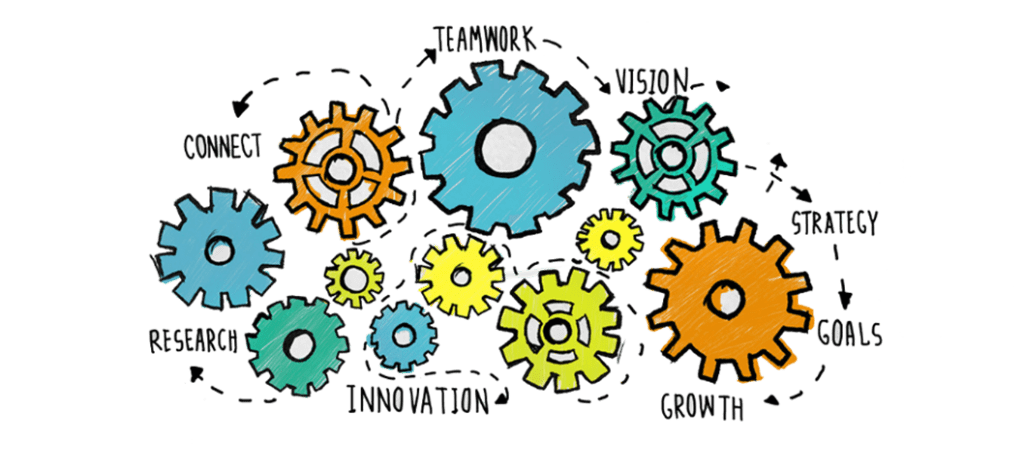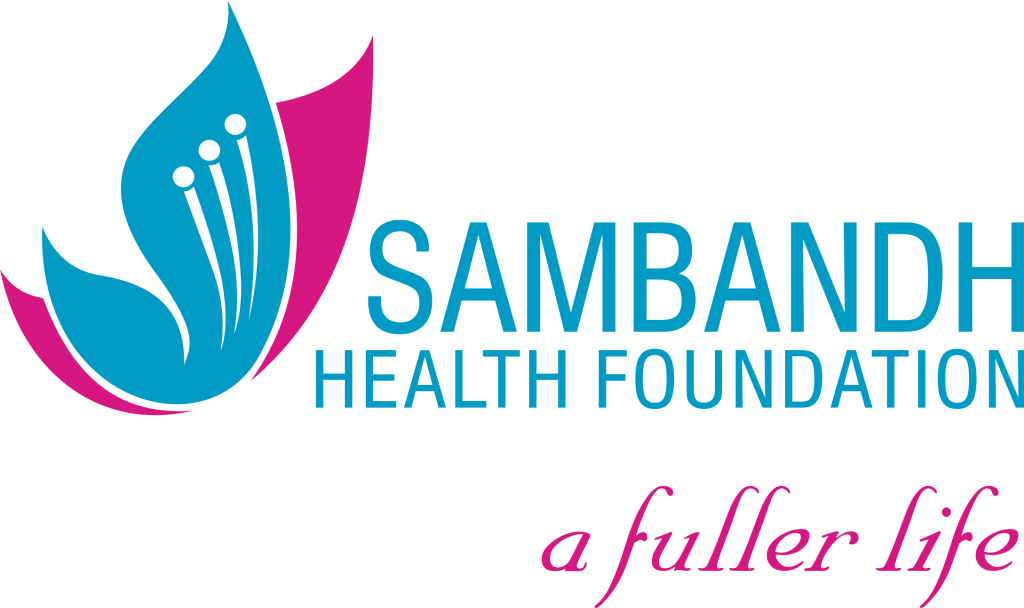Recovery framework


This is built upon the belief that the individual living with mental illness (PLMI) needs to be an active participant and an equal partner in his or her recovery process. While the individual remains at the centre, he or she is supported by not only mental health professionals and the family (caregiver), but by the larger community as a whole.
The idea is to empower individuals living with mental illness and provide an opportunity for them to integrate into society, instead of incarcerating them or keeping them on the fringes.
Sambandh’s Recovery model is unique that it based on the strengths, desires and aspirations of the person, which is central to the recovery plan.
In the past, mental health professionals primarily designed services where the person living with mental illness was seen merely as a passive recipient of care, and the goal was to achieve obedience and compliance. Such a two-dimensional view of human beings over the last centuries led ultimately to one solution – institutionalization. In recent times this view is gradually evolving and instead of relegating people living with mental illness to the fringes, more and more services focus on integrating people living with mental illness back into the community, where each rightfully belongs.
Mental well-being is fundamental to our collective and individual ability as humans to think, emote, interact with each other, earn a living and enjoy life. On this basis, the promotion, protection and restoration of mental health should be regarded as a vital concern of individuals, communities and societies throughout the world.
Our recovery framework is supported by international research on ‘Recovery’ that indicates if support is provided in the context of choice and community participation, there is a reason to hold hopeful expectations of recovery for every individual. (Research on PLMI, reviewed by Dr Paul Carling, University of Pennsylvania)
Recovery is about discovering or re-discovering a sense of personal identity, separate from illness or disability. It is a dynamic process and is facilitated by a supportive community.
The idea is to clearly understand the needs of a person living with mental illness, the resources needed to satisfy the needs and their appropriate linkage.
